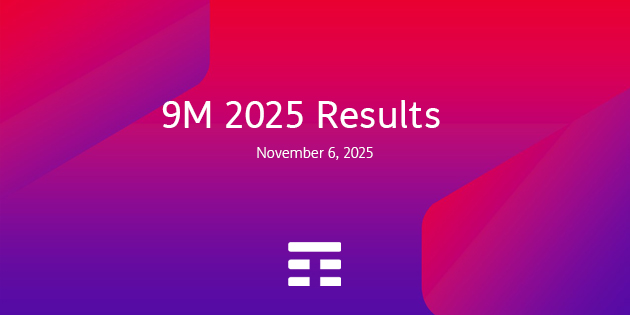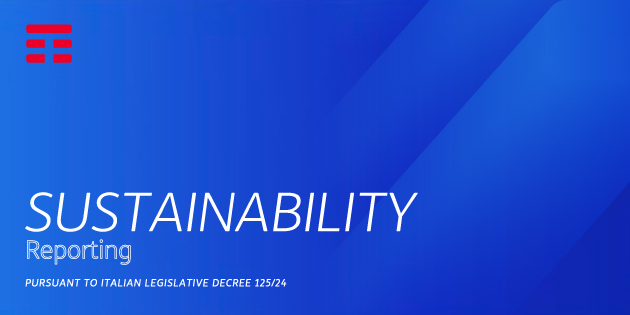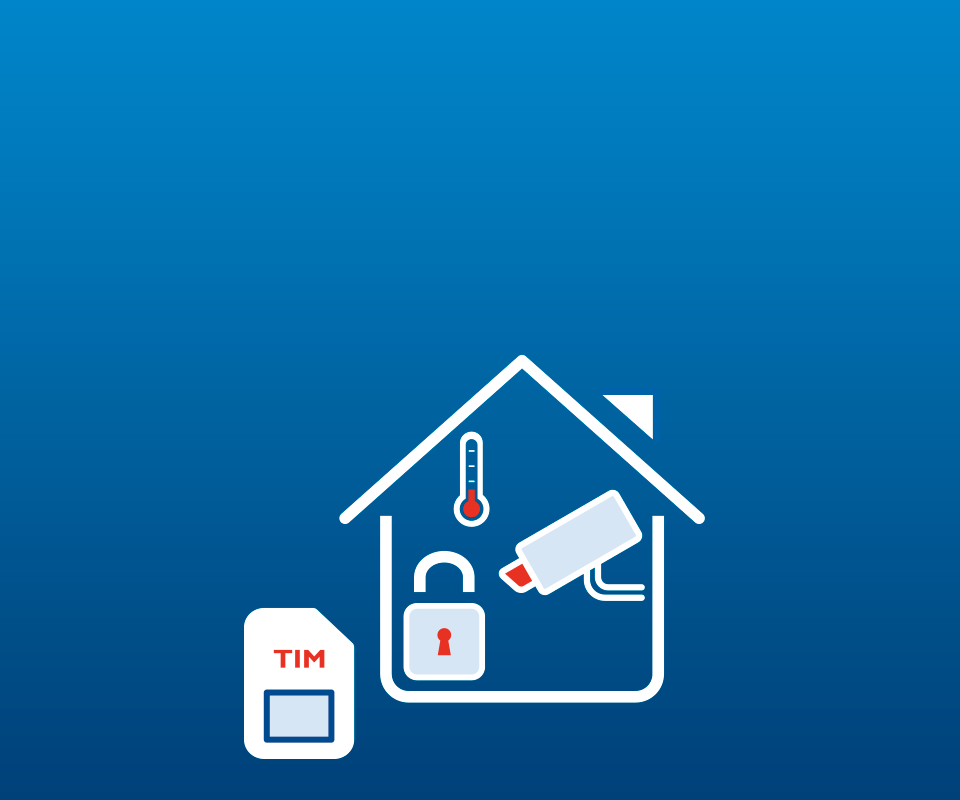Not so long ago, electric blinds controlled by pressing a button would have qualified as smart technology. Since then, things have progressed significantly, and the smart home market is now expanding rapidly. In the United States, the most advanced country from this point of view, smart home technology penetration was 7.1% in 2018, but projections expect it to rise to 22.1% by 2023.
The market is growing fast also in Italy: according to figures published by the IoT Observatory of the Polytechnic University of Milan, the smart home business reached 250 million euros in 2017, a 35% increase compared to last year. And the user base is consolidating rapidly. Today, 38% of Italians have at least one smart device in their home: mainly virtual assistants, such as Amazon Echo or Google Home, and smart TVs; but also smart meters and thermostats, while the most tech-savvy even have Internet-connected fridges.
But what is a Smart Home exactly? According to the definition offered by Coldwell Banker (a real estate company in Silicon Valley), a home becomes smart once it is "equipped with products connected to the Internet (via wi-fi or Bluetooth) that are able to control, automate and optimise functions such as temperature, lighting, security and entertainment systems". For example, the heating system will use an algorithm to learn your routines and figure out at what time it has to come on in the morning and switch itself off in the evening; it will also grasp the difference between work days and weekends. The same goes for electric bulbs: instructions sent via smartphone (or a virtual assistant) allow to turn lights on and off remotely. Additionally, thanks to the use of sensors, bulbs can determine whether or not anyone is in the room and switch themselves on and off accordingly.
Talking about smart homes often leads to mentioning superfluous functionalities, such as operating a coffee machine vocally or opening the front door with a smartphone. In fact, these functionalities are not as superfluous as they may sound but have a specific objective: optimising consumption in order to save money and reduce carbon footprint. Additionally, the sensors we mentioned previously can help increase home security: you can receive a notification on your smartphone if someone enters your home while you are away. At the same time, with the use of wi-fi connected surveillance cameras you can keep an eye on your house remotely; which means that you can check if the alarm was set off by a burglar or by your neighbour's cat sneaking in through the balcony.
On the entertainment front, smart TVs will use increasingly sophisticated algorithms to learn your tastes and make sure you don't miss a Champion's League match you forgot about, or tell you that there is a film you may be interested in. In the same way, using image recognition technology, your smart fridge will realise that you are out of milk and send a reminder to your smartphone. These technologies, however, come with privacy issues, because the devices are able to record, listen and transmit online everything that happens inside your home. A risk Italians are increasingly aware of: according to the IoT Observatory, 51% of consumers fear that sharing this personal information online may lead to it being used for purposes other than those openly declared (three years ago the figure was 27%). Trust levels are low also with regard to cybersecurity: 72% of users worry that hackers may access/control the devices connected to the internet. Two concerns that go hand in hand and can be overcome only by relying on renowned and transparent companies.
There is just one more problem: how to manage large numbers of devices via a smartphone or smart speakers. The risk is that you will end up with dozens of apps that send you all sorts of notifications; one for the bulbs, one for the TV, one for the fridge, one for the surveillance cameras, and so on and so forth. Think of how many notifications we already receive. Preventing them from multiplying and having to use dozens of applications is certainly a priority. This is the thinking behind IoTIM: a single app to connect to all smart devices and that can be integrated in all TIM solutions as well as in an ecosystem of dedicated products. A single app that allows you to manage simultaneously all the smart devices in your home, creating rules and preferences to simplify their use as much as possible.
Depending on your preferences, you can use loTIM on your smartphone, via your TV or on a computer. TIM Security, one of the services designed by TIM, is the 2.0 security and anti-burglary system that surveys your home and uses sensors to check the opening and closing of your door locks; it sends signals directly to your devices and allows you to contact the security service Sicuritalia. Currently, in addition to TIM Security, TIM offers thermostats that optimise home energy consumption, smart scales and a pressure measuring device that allows to store, share and manage health-related data; all these services are controlled via IoTIM. The latest addition is TIMTag, a 3-centimetre device that keeps you informed on the whereabouts of your pet, or even your car and other precious objects. Security, low consumption and comfort: all easy to manage. These are the conditions thanks to which our homes will become really smart.




